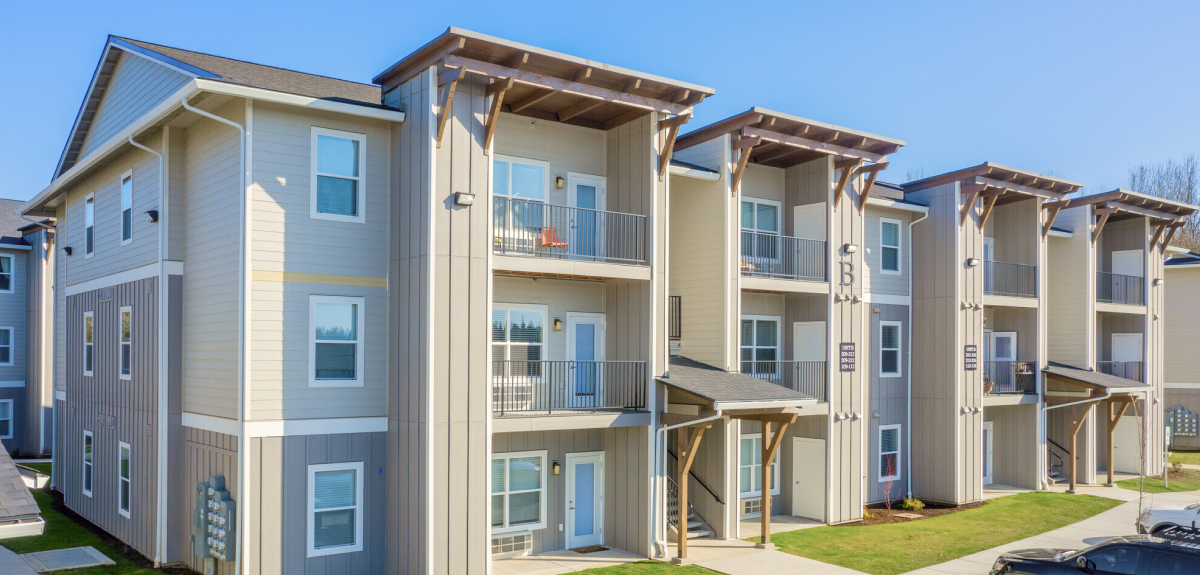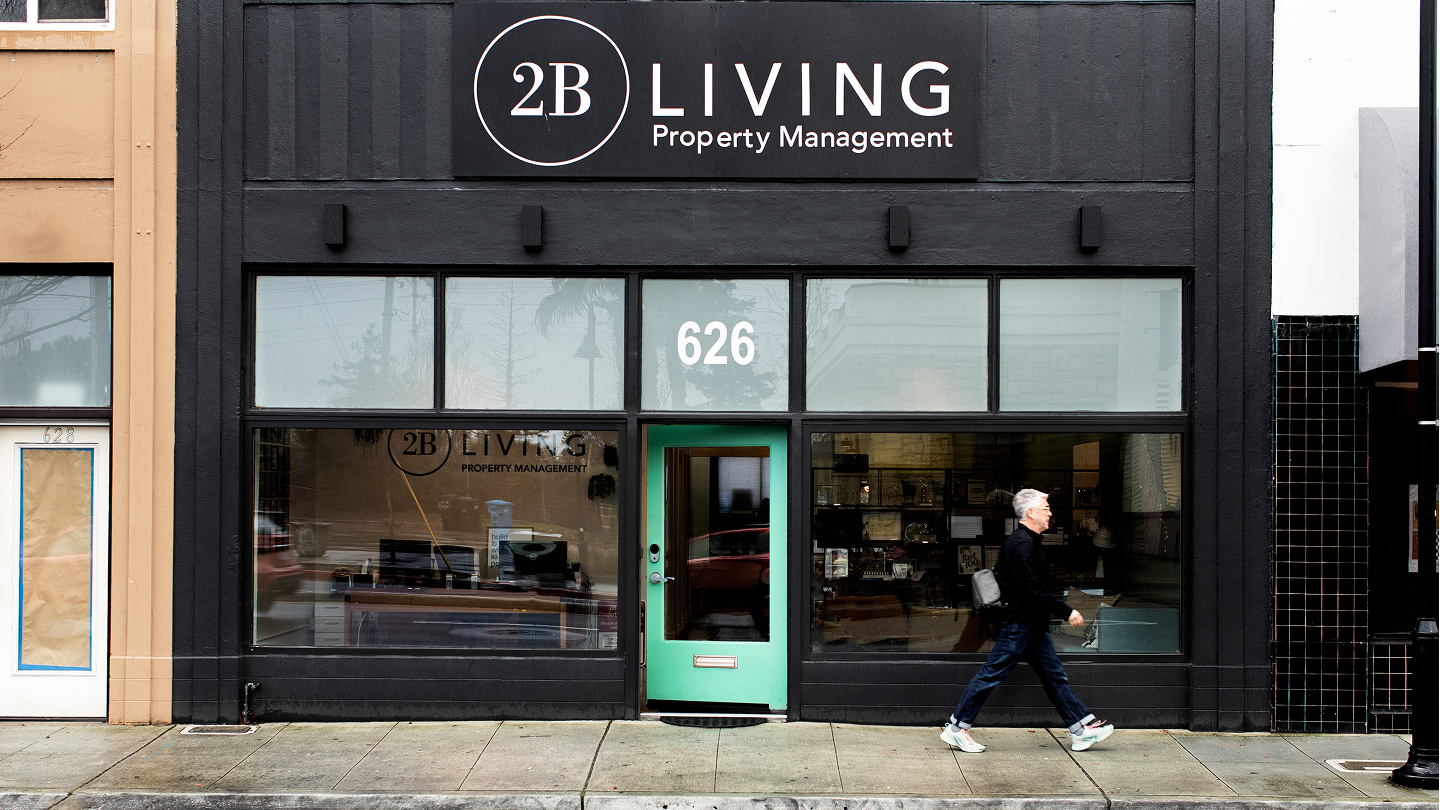Published on September 22nd, 2022
By Marc Frenkiel
From payroll to the cost of building materials, you are probably no stranger to the fact that operating expenses have risen dramatically in recent months. Included in the calculus of course, are utility costs. The Bureau of Labor Statistics’ June 2022 energy index rose 41.6% over the previous 12 months, with gasoline increasing 59.9% over the same timespan — the largest 12-month increase since March 1980. Electricity rose 13.7% — the largest 12-month increase since April 2006 — and natural gas increased 38.4% over the last year — the largest increase since October 2005. The index for fuel oil nearly doubled, rising 98.5% since last year. While prices have moderated since then, they are still elevated and impacting property and portfolio level P&L statements. Indeed, rising costs and the ability to maximize revenue and profits were ranked among the top challenges facing the property industry in 2022.
If you haven’t or are not in the process of doing so already, now is an opportune time to implement strategic changes to property operations in order to improve net operating income (NOI) across your portfolio. Utilities represent the third largest operating expense for multifamily properties, and are a prime target for savings. By passing utility costs through to residents, multifamily operators can dramatically reduce expenses, boost NOI, and incentivize resource conservation.
The world of billing residents for utilities is both frequently and inconsistently regulated, and utility bill-back can be more easily said than done. With the property management industry still facing challenges in HR, staffing, and recruitment, any opportunity to outsource a tedious task should be strongly considered.
What’s more, while some properties have individual submeters for each unit accounting for water consumption with daily, or even hourly measurements, others have one meter for the entire property. Deciding on the best approach to billing, making sure it’s compliant with local regulations, and administering the program can be overwhelming.
Flat fees
Charging residents a flat fee to cover utility costs is the easiest option, but it is also the least accurate. Guessing, however educated, a property’s utility expenses when drafting leases usually ends in either over or underbilling.
Ideally, your utility recovery would track the fluctuation of your expenses, and correlate a resident’s charge to their consumption. RUBS and submeters do this, and which one you choose depends on the particulars of your property.
RUBS
A Ratio Utility Billing System (RUBS) allows a property manager to pass through the full cost of utilities by dividing up each bill among all residents in the property. RUBS calculations break down the cost of a bill and allocate it to residents based on unit-specific factors like occupancy and square footage. Instead of a one-size-fits-none flat fee, resident charges are weighted to reflect their share of consumption more accurately.
With increased accuracy and recovery, however, comes increased complexity. Managing the various allocation rules, ensuring they comply with local ordinances, and calculating the charges manually can represent a significant job for property staff.
Submeters
In an ideal world, all of your units would be submetered, allowing charges based on exact consumption. Charging based on usage is the most accurate and transparent way to bill residents, not to mention sustainable as well. A National Multi-Housing Council and National Apartment Association study revealed that properties that use submeters to distribute water costs had a reduction of 27% in average water consumption. With large swaths of the U.S. (not to mention the globe) currently experiencing historical droughts, now is as good a time as ever to promote conservation efforts.
Similar to RUBS, however, with accuracy comes complexity. While most modern submeters provide online portals to pull readings, an older property may well have meters that can only be read manually. Once the read data is in hand, your team must still investigate applicable tariff schedules. Only then can they perform the calculations and finally post charges.
Billing back utilities can have a massive impact on NOI, and there are widely accepted methods for doing so. Setting up and managing these systems over a large portfolio, however, is a complicated job in itself. The payoff is there, but do your property managers have the bandwidth to manage the billing program?
This is where automated utility management software comes into play, and the benefits are numerous. It streamlines the entire billing process and provides detailed analytics so that you can truly wrap your arms around your utility bills. These software solutions also boost employee satisfaction and morale by eliminating the need for repetitive, manual, error-prone data entry tasks.
Conservice + AppFolio Property Manager
The bedrock of good utility management is comprehensive utility billing data. The best products eliminate human data entry entirely. This is why we’ve partnered with Conservice, the most comprehensive utility management service in the real estate market, to offer AppFolio customers the best technology solution for utility invoice processing and payment, tenant bill-back, ESG solutions, benchmarking compliance, reporting, and much more.
Available as an AppFolio Stack™ integration, Conservice offloads the task of utility management, from chasing down missing invoices to vacant recovery while ensuring your bills are paid accurately and on time while keeping payment information up to date in AppFolio. For your renters, this partnership offers a seamless resident experience: By enabling Conservice to allocate utility costs to individual units (data from AppFolio such as square footage is automatically fed to Conservice, allocating costs appropriately to individual units and automatically billing those back to the resident). All of this data is seamlessly synced into AppFolio, where the property manager is then given a chance to review. Once approved, the charges are posted in the resident ledger for payment, allowing residents to pay their rent and monthly utilities all in one convenient place. It’s a seamless, labor-light way to recoup utility charges.
When built specifically for use on your current property management platform, utility management software can be a game-changer, especially when managing utilities at scale.
In addition to helping implement a new utility bill-back program or enhancing your current system, automated data collection and analytics uncover and highlight usage spikes or other variances, helping property managers catch and fix issues faster, while spending less time doing manual analysis.
Closing the tap
Billing residents for their utility consumption is a powerful way to turn an expense into income. If you are already doing so at scale and find yourself hampered by manual processes, consider adding utility management software: It makes your teams more efficient, and your properties more profitable.









Comments by Marc Frenkiel